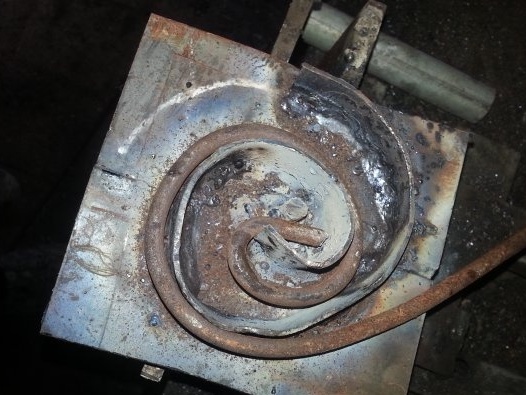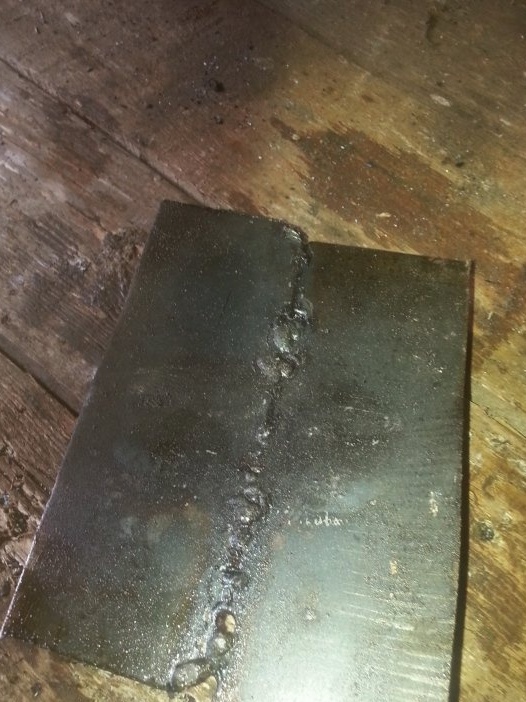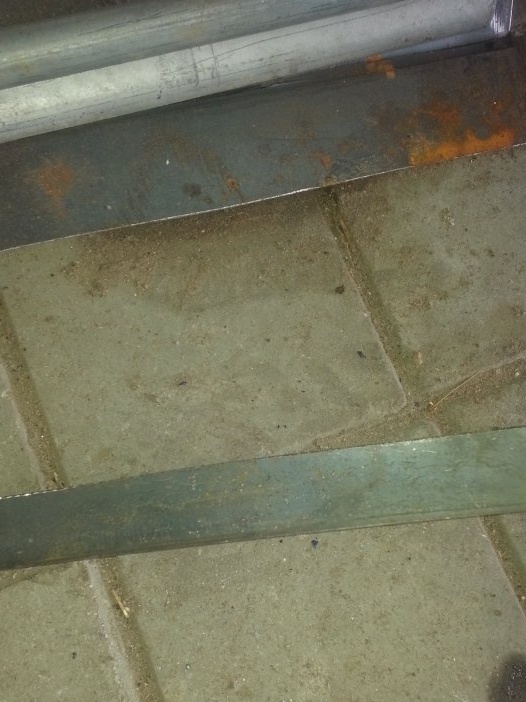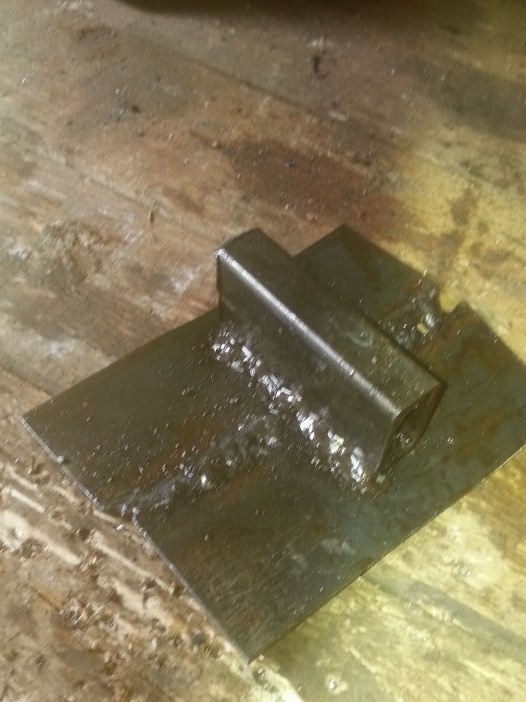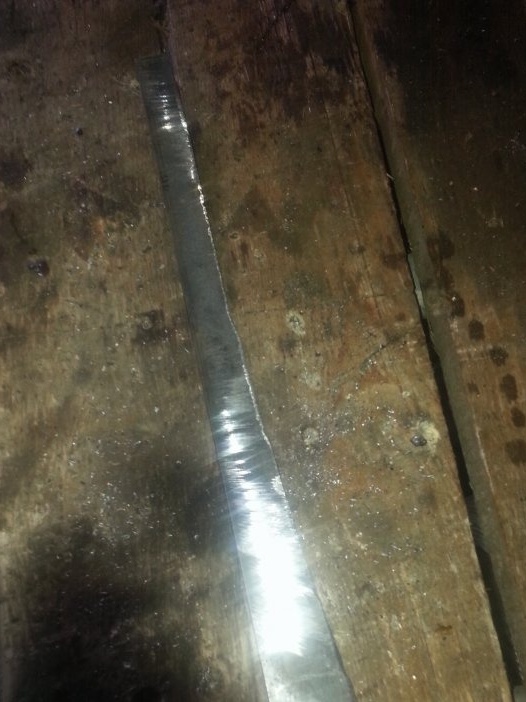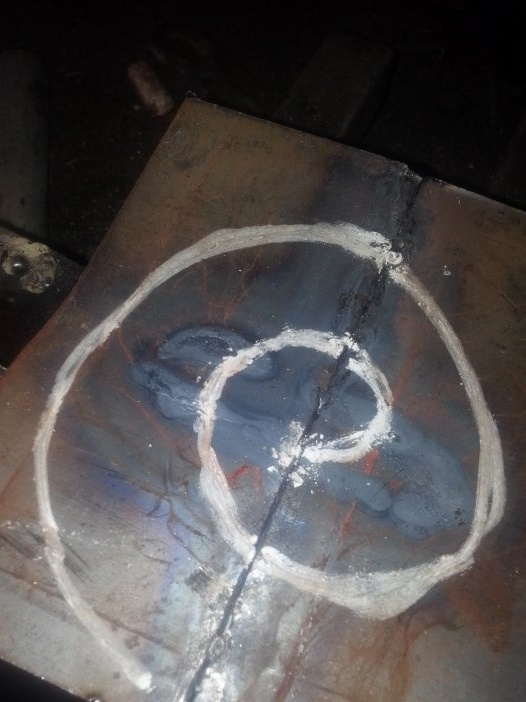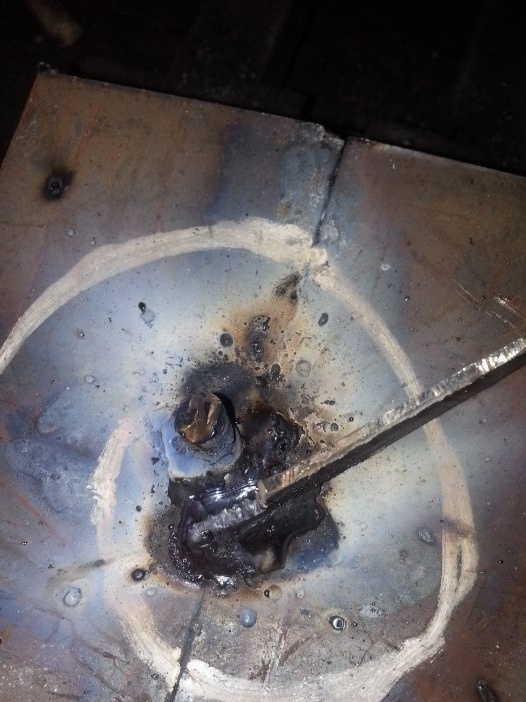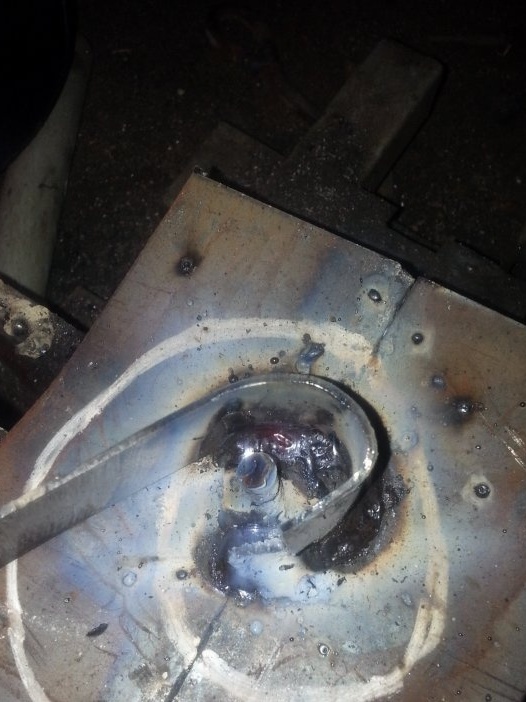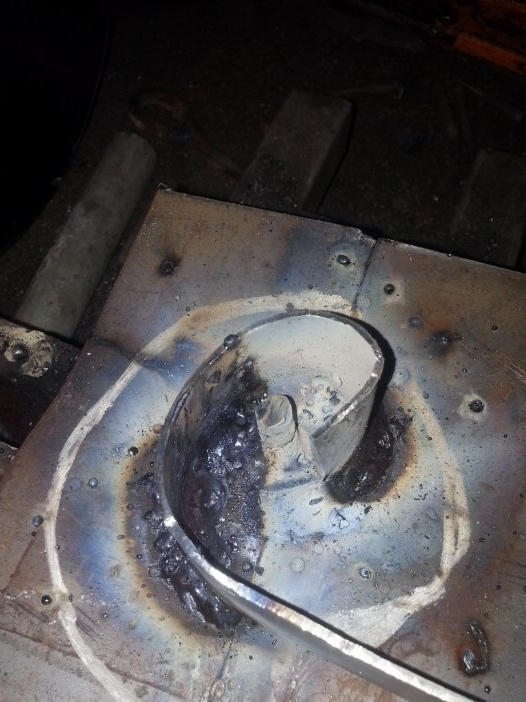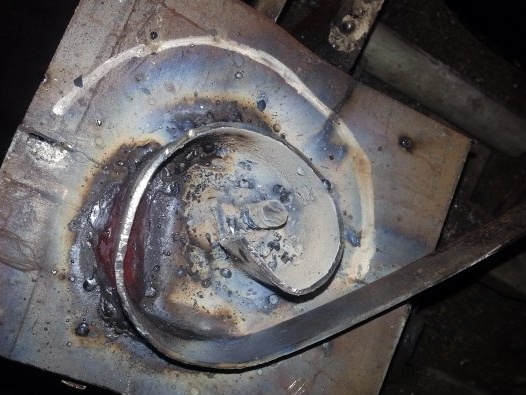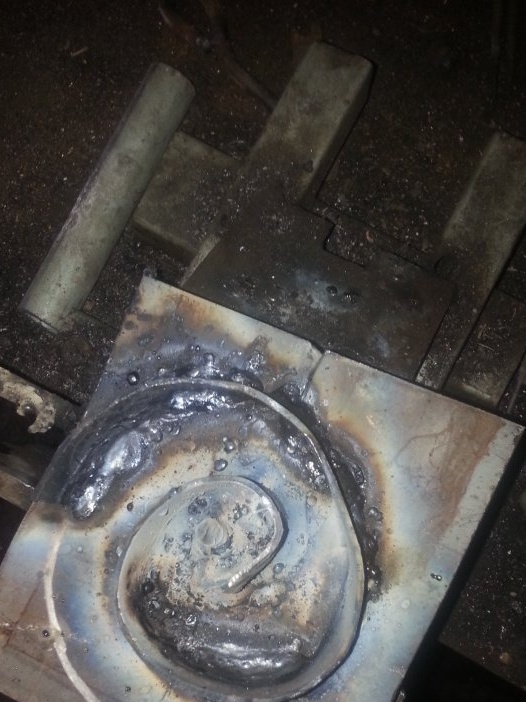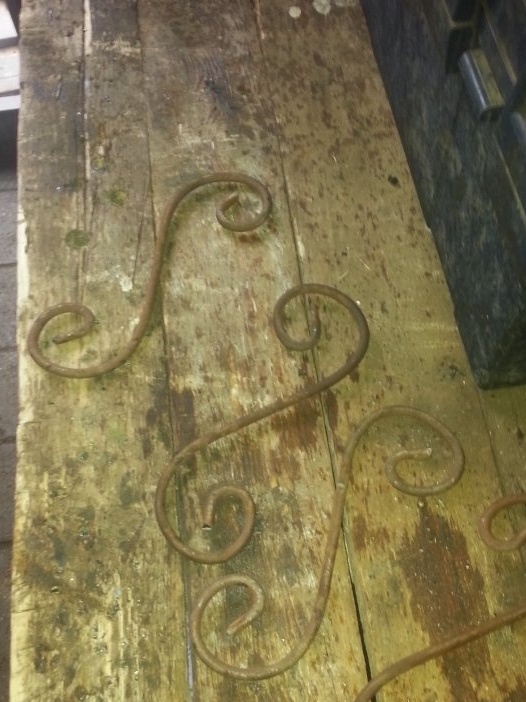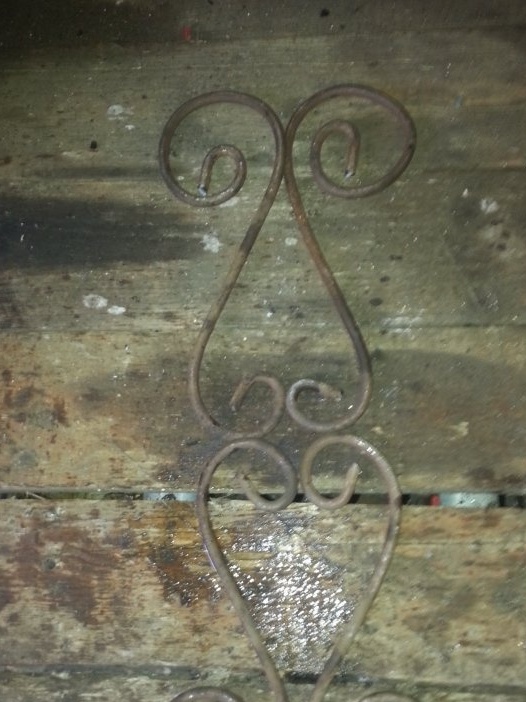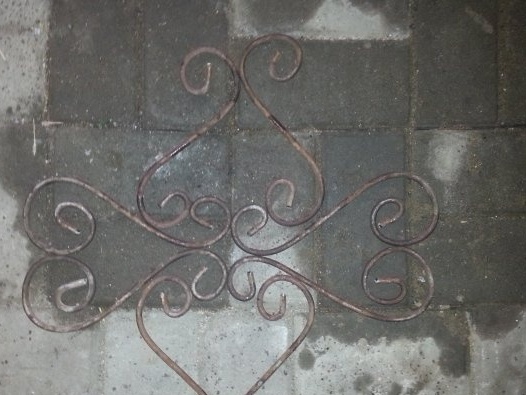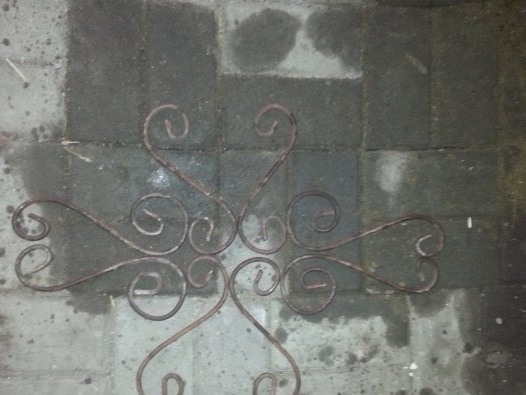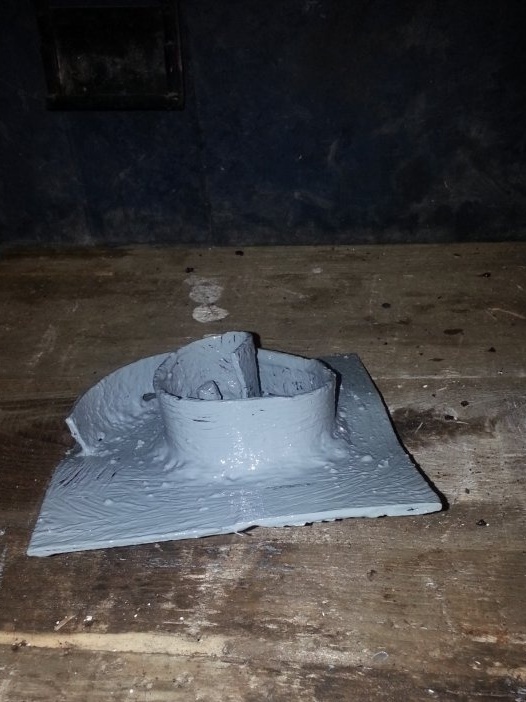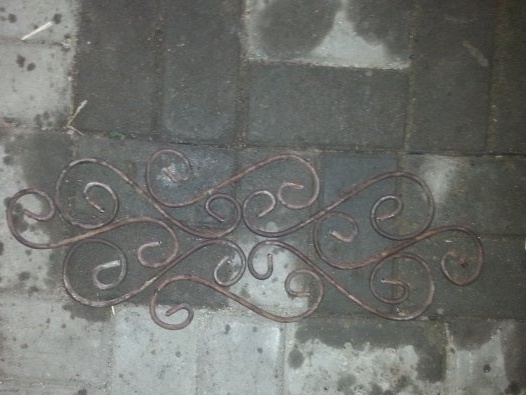Hello everyone !!! Always admired wrought patterns with all sorts of curlicues, probably any person will appreciate such work. Looking at the patterns, you think how so probably it’s hard to repeat this and the equipment needs more than one. In fact, this is not so and is difficult, of course, there are some nuances, but having a desire, anyone can repeat such beauty. You can make many identical curls, playing with the imagination, more than one drawing will turn out just changing the curls.
Cold forging is a process without heating the metal, that is, the metal simply bends by its own strength. I've seen more than once device called snail - this is the basic tool for cold forging. That is, having a pair of snails of different sizes, you can create patterns of almost any shape.
And so for making a small snail we will need: iron sheet 20x20cm 4mm thick and a metal strip 5x50cm, as well as welding and grinder.
I didn’t have a metal sheet, I had to sculpt from two pieces
Our strip
And so I weld any piece of metal to the back of the sheet, in my case it’s a profile for clamping in a vice
Now we are preparing a strip of metal, cut from edge to edge of the strip under the cone, approximately by eye. On the widest part from above, saw off a piece of 1x1 cm
Now draw a template on the sheet with chalk
I weld a bolt for an emphasis, I recede 1 cm and I weld a metal tip
Holding pliers I bend according to the pattern and weld thoroughly
And so on throughout the pattern
Continue
Well, that’s all, our device is ready, you can create. We insert the end of the wire between the bolt and smoothly bend the wire, giving the desired shape
By creating a little
I make a pattern of curlicues
And further
Well, the lightest patterns are ready
Changing swirls in places, you can make different patterns at your discretion
Well, with this homemade You can create almost any patterns without special troubles. Thank you all and to the new DIY.


